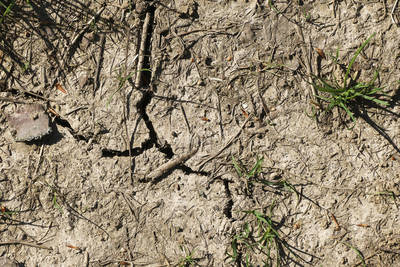 It’s gruesome news that nevertheless has to be reported: the number of horse deaths on British racecourses has just reached its highest level since 2014.
It’s gruesome news that nevertheless has to be reported: the number of horse deaths on British racecourses has just reached its highest level since 2014.
There had been a general downward trend in recent years, but the latest figures from the British Horseracing Authority (BHA) reveal that 201 of 93,000 horses passed away in races in 2018.
That 0.22% ratio is the same as 2014, and an increase of 34 deaths on the same period in 2017, although the annual figure is a decrease on the 0.30% recorded in 1998.
The BHA’s Brant Dunshea said of the results: “While it is not good practice to read too much into one year – and the overall trends still point towards an ongoing improvement in our safety rate – it is clear that we must take the issue of racecourse safety seriously and further raise our ambitions in this area.
“Government has publicly said as much, and we must consider the risk to the long-term future of the sport should equine injuries lead to public perception of the sport changing.”
All Eyes on Cheltenham
 The release could arguably not come at a worse time with the Cheltenham Festival just six weeks away, and of course it was last year’s edition that prompted an investigation into equine welfare after seven horses died as a result of their injuries picked up at the March meeting.
The release could arguably not come at a worse time with the Cheltenham Festival just six weeks away, and of course it was last year’s edition that prompted an investigation into equine welfare after seven horses died as a result of their injuries picked up at the March meeting.
And there has also been the negative press of the training duo Paul and Clare Rooney’s decision not to enter horses into this year’s festival over their own safety concerns about the Cheltenham track.
Alterations to race conditions, extra veterinary checks and extensive monitoring of faller rates are just three recommendations that came from the BHA’s analysis, but there are concerns that the increasing death rate may lead to tighter legislation elsewhere; specifically penalties over whip use, amongst other things.
Critics point to the Grand National, traditionally the most exhausting race of the calendar, which has now gone six years without a fatality after new safety measures were introduced.
No Summer of Love
 In the polar depths of the UK winter, it’s hard to look back and remember the red-hot summer we enjoyed in 2018.
In the polar depths of the UK winter, it’s hard to look back and remember the red-hot summer we enjoyed in 2018.
The mercury reached record-breaking numbers, and many believe that the baking of the ground at many racecourses may have been a contributory factor to the alarming fatality statistics.
As we know, the good going tends to lead to faster races, which can put horses health in jeopardy; particularly when temperatures are so hot into the bargain.
Indeed, there were 17 more deaths on the flat last year than in 2017.
Could we be looking at a simple freak occurrence to explain the rise in fatalities? David Sykes, the BHA’s director for equine health and welfare, is willing to consider it. “We’re looking to see what factors might have contributed to the safety record in 2018,” he said.
“This includes working closely with our racecourses to identify measures that could be taken to improve safety at every course, in particular those where the injury rate has been above the national average this year.
“This annual process frequently leads to changes to track layout, turf management and many other factors which contribute to safety.”
One project currently in development is a ‘predictive risk model’, which is essentially an algorithm that may predict horses at risk based on their history and their trainer’s record, as well as o-course factors.
